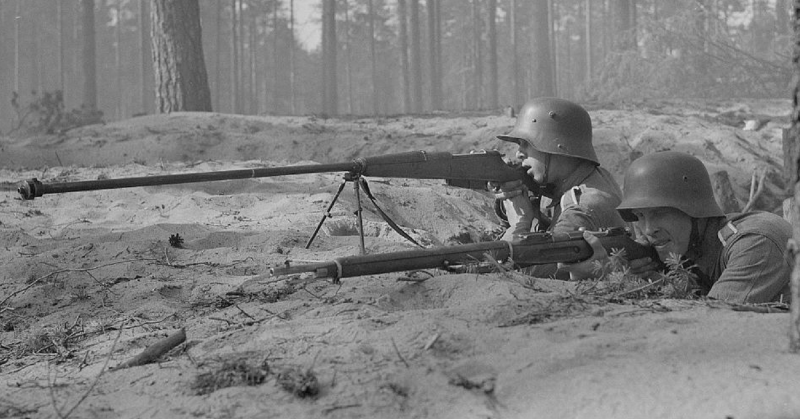The 20th century saw extensive use of a new kind of warfare on land, sea and in the air. The battlefields were continually changing, from infamous trench warfare in World War II to Blitzkrieg when Nazi Germany went on a rampage in 1939. For every new weapon constructed, engineers tried to create new countermeasures.
Therefore, in the case of armored warfare, the methods of fighting varied and depended on the situation and surrounding environment. The easiest way to take on enemy tanks were aircraft attacks, but that required air superiority which often wasn’t the case early in World War II for the enemies of Germany.
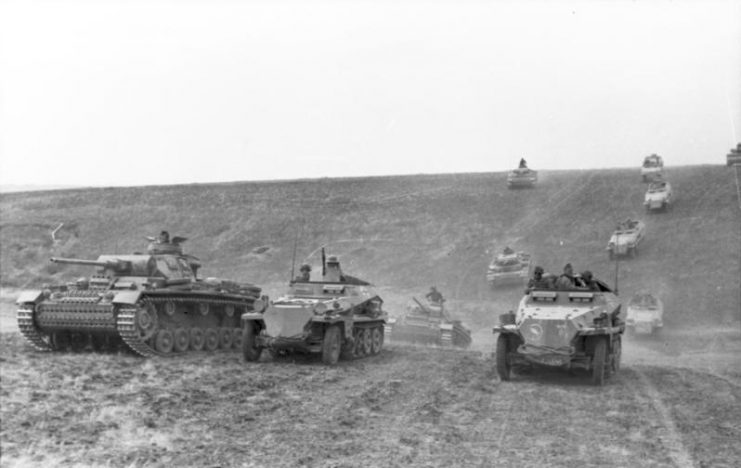
As for more conventional fighting on the ground, infantry also had to have a method to deal with tanks. The interwar period was a blooming time for tanks, they became faster, better designed and better armored compared to the First World War. Many were designed for the sole purpose of destroying other tanks, but their was still a vacancy for a weapon for infantry that could neutralize enemy tanks. Subsequently, the “anti-tank rifle” was created.
There were two significant positives to arming infantry with these high-powered rifles. First, it gave them the ability to damage components of enemy tanks with their armor piercing shells and even eliminate crew members. Second, it raised the morale of a common soldier as he was no longer helpless against metal beasts of the new era. With high-velocity bullets, even fast moving targets were vulnerable against anti-tank rifles.
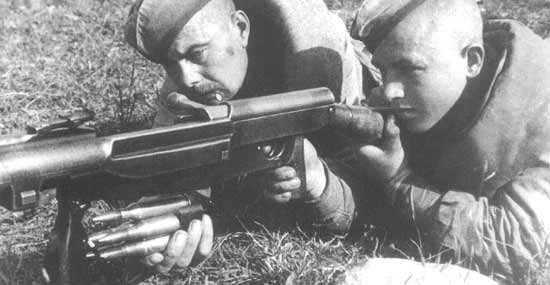
However, anti-tank rifles had many weaknesses. They were effective only at short distances of about 500m for most tanks. Also, a armor penetrating shot didn’t necessarily equate to successfully knocking out a tank as the bullet had to either hit ammunition or fuel inside or kill or eliminate a crew member.
Below we present you a list of most interesting anti-tank rifles from World War II.
Wz. 35 anti-tank rifle
Nicknamed Ur-38, it was a Polish-made firearm and one of the first of its kind. It was also one of the most effective. In 1939, it was able to penetrate the armor of most tanks in the world, 37-40mm at a distance of 100m. Ur-38 was a very top secret weapon.
The nickname Ur was coined allegedly because of the intention to export them to Uruguay as “surveillance equipment”. As a result, even the Polish Army had no idea about it until mobilization in the summer of 1939, just weeks before the start of the war. At this point, it was too late to train with it properly. Nevertheless, every German tank, including the advanced Panzer IV, was vulnerable to its fire.
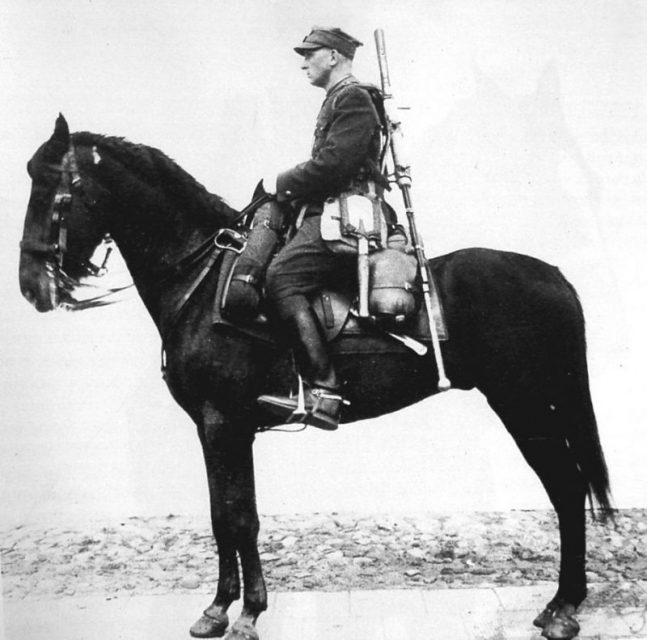
Unfortunately, only 3500 examples were deployed before the war. It had a 7,92mm caliber with a long 107mm bullet and achieved a velocity of 1,275 m/s (4,180 ft/s). This velocity was generated thanks to a long barrel and powder nitro. Additionally, the bullet used a soft lead core that prevented the hit from ricocheting at high angles.
The battle of Poland lasted less than a month. By the end of 1940, most of the captured AT-rifles were sent to Germany’s Italian allies and were used by them on all fronts. Due to lack of spare parts and ammunition, Ur-38 usage slowly decayed. The original plans were destroyed and complete reverse engineering was too time-consuming to recreate the production process.
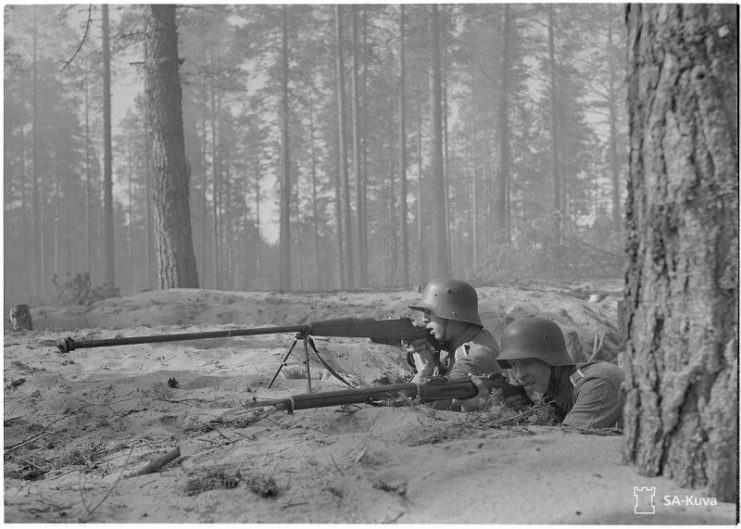
Panzerbüchse 38/39
The Panzerbuchse 38 was based on the world’s first anti-tank rifle – the Mauser 1918 T-Gewehr. In the early 1930’s, German engineers resumed development of anti-tank armaments. This resulted in production lines starting in 1940 and factories manufactured a total amount of about 40,000 PzB 39 “tank hunting rifles”. Although only about 1,500 were ready in the opening days of World War II, around 25,000 were built before the German invasion of the Soviet Union in 1941.
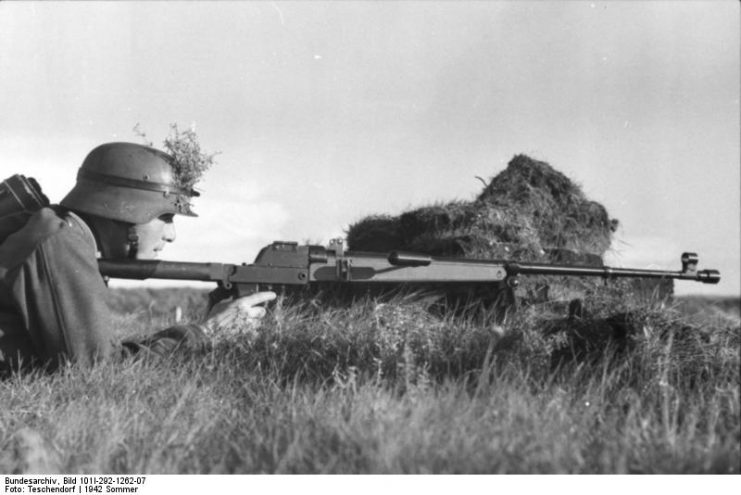
It wasn’t a very successful design, it was an over-complicated mechanism that was prone to malfunctions especially in field conditions. Performance of the PzB 39 was basically the same as the 38, but its major improvements were a longer barrel and reduced weight.
At a distance of 100m, the Panzerbuchse was able to penetrate an armor thickness of 25mm and it improved it’s rate of fire to about 10 rounds per minute. Although it was outdated by the end of 1941, it was still in use until 1944. Beginnig a year after the launch of Operation Barbarossa, the Germans rebuilt the remaining PzB 39’s into grenade rifles.
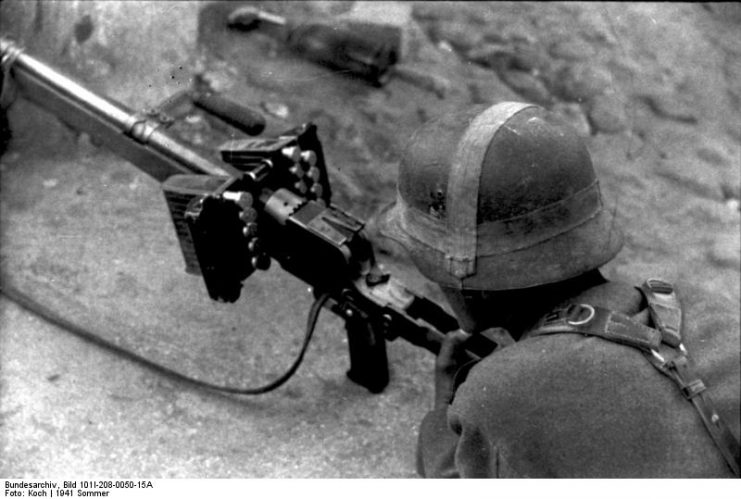
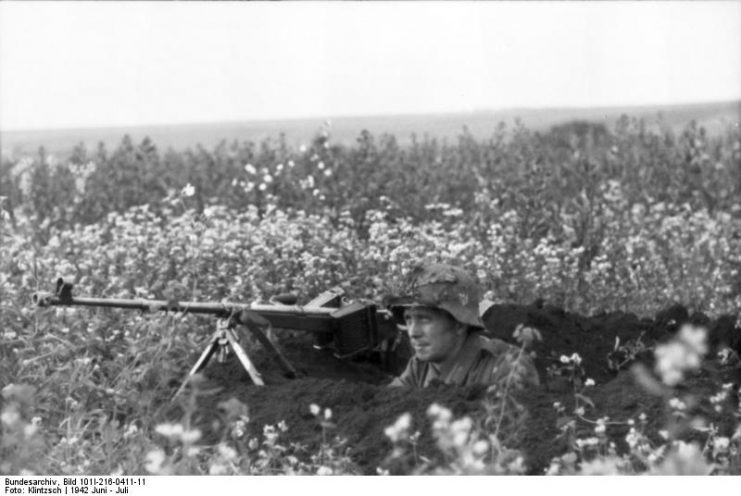
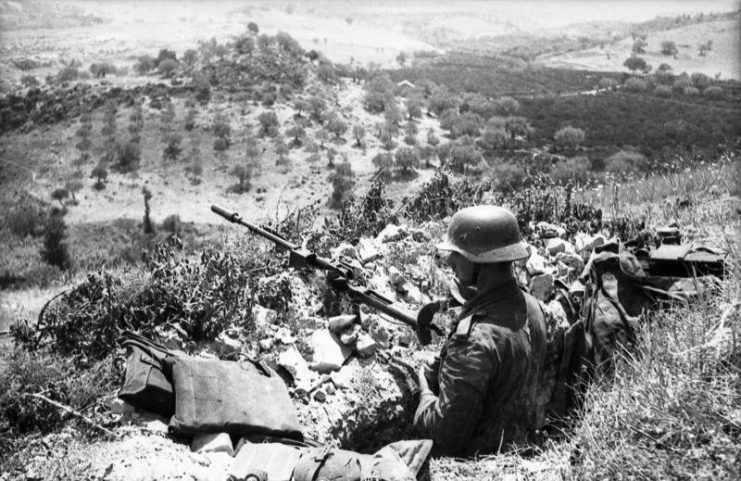
PTRD-41
The PTRD-41 was the most produced Soviet anti-tank rifle from 1941-1945. Out of 480,000 AT-rifles manufactured by USSR during WW II, approximately 75-80% were PTRD-41’s. By the end of 1941, over 17,000 were in service.
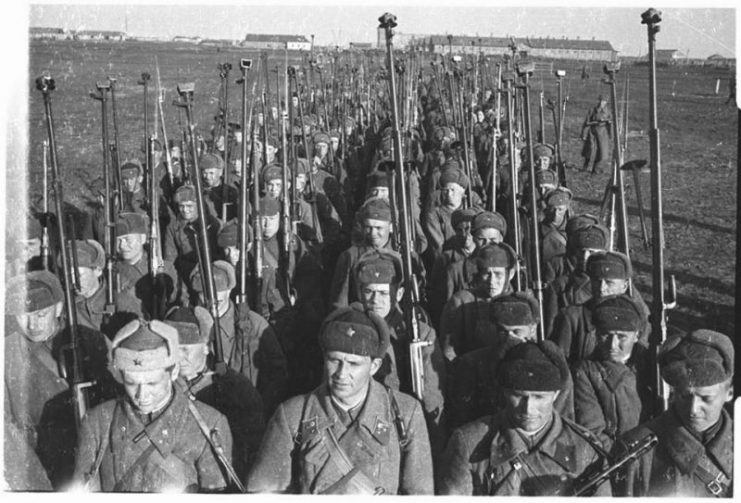
Some features were copied from the German Panzerbushe 39, while some, like the lock, was from the Polish Ur-38. At the outbreak of Operation Barbarossa, it and the semi-automatic PTRS-41 were the only anti-tank weapons in the Red Army arsenal. This AT rifle had penetration capabilities of 35-40mm at a range 100m.
Up until 1944, a majority of German tanks had side and rear armor thinner than 40mm. Therefore, the PTRD-41 was a serious threat to Panzer divisions. The situation changed when the Panzerkampfwagen V “Panther” arrived on the Eastern Front, resulting in the slow decline of AT-rifles. After the war, the PTRD-41 was exported in high numbers to China and North Korea and saw action in Korean War.
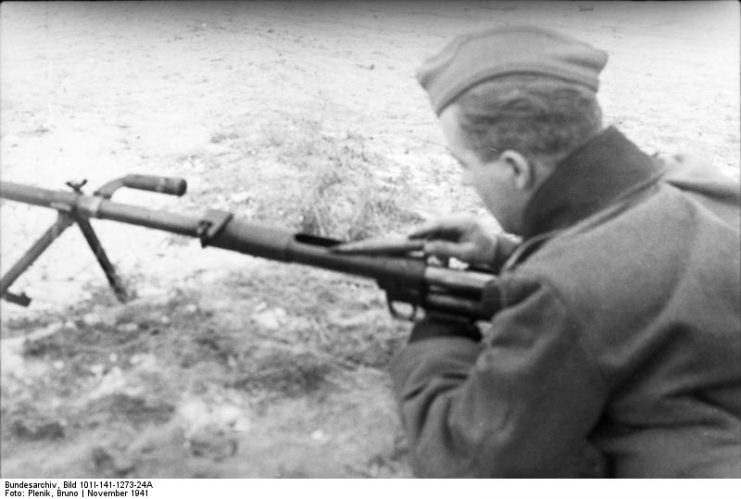
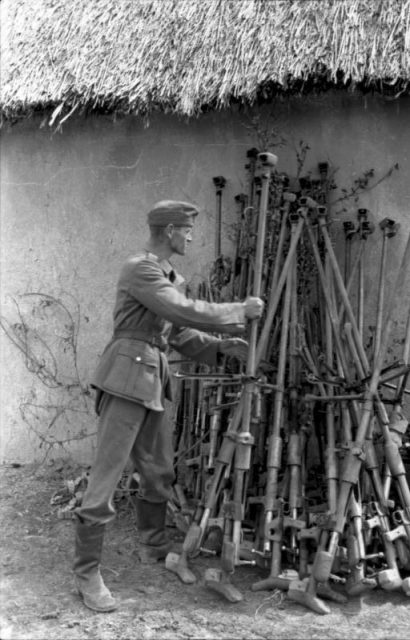
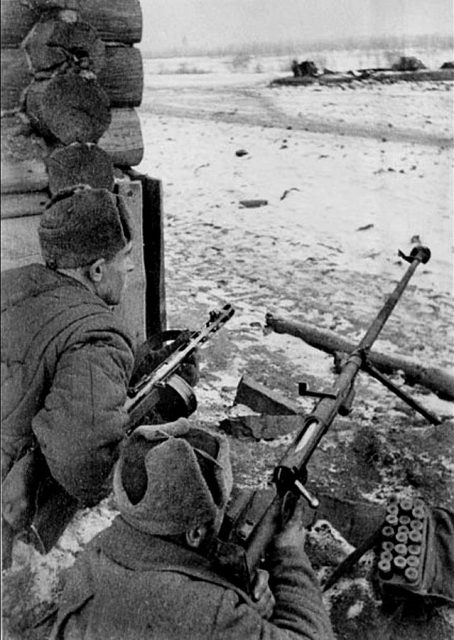
Boys Anti-Tank Rifle
After World War I, armament purchases declined significantly. However, when the German military began to rearm in the 1930’s, things changed quickly and the British Army began developing its own anti-tank rifle.
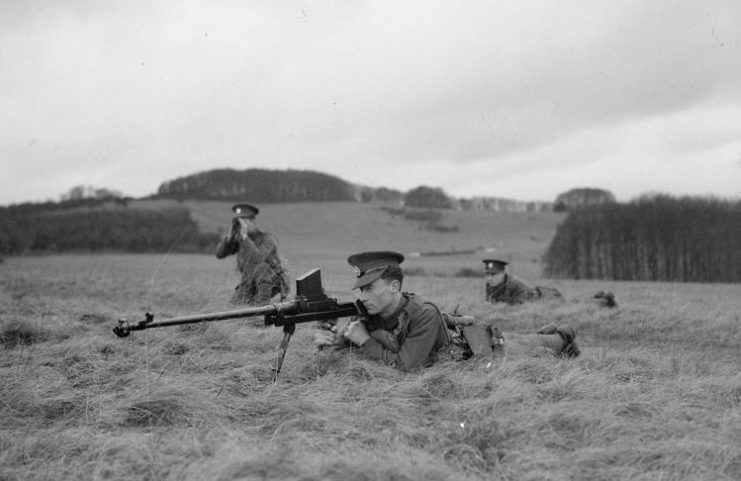
With the initial codename Stanchion, the British Army developed a light anti-tank rifle under the direct supervision of Captain Boys. The work was finished in 1937 and re-named out of respect for its creator who died shortly before the weapon was approved for service. Between 1937 and 1941, a total of 62,000 were manufactured.
Some of these saw service during the Winter War of 1940 and the Continuation War of 1941-1944 against the Soviets, and many were used by the British SAS in North Africa. It was a relatively light weapon at over 16kg and 1,6m long. The Boys could penetrate 24mm thick armor at a distance of 100m at a 90° angle. The constant development of tanks, especially their armor thickness, rendered the Boys became obsolete by 1942. However, it was still used against lightly armored vehicles throughout the war.
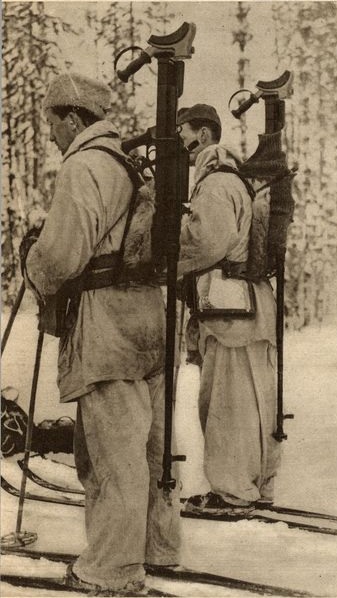
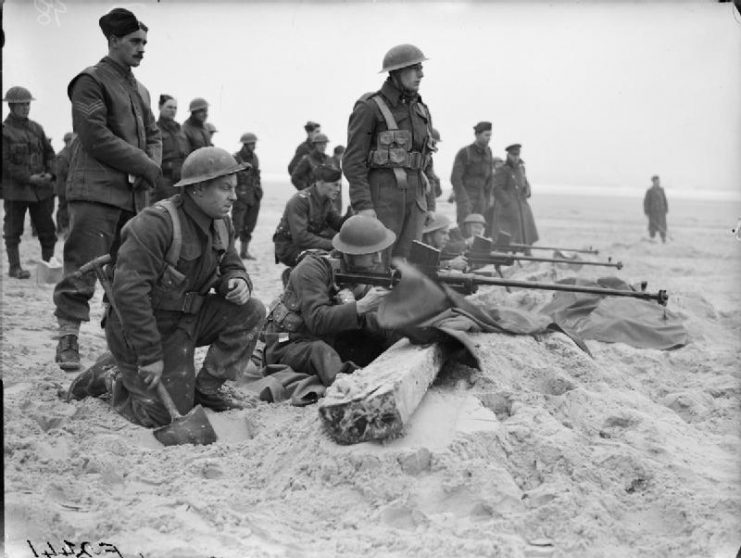
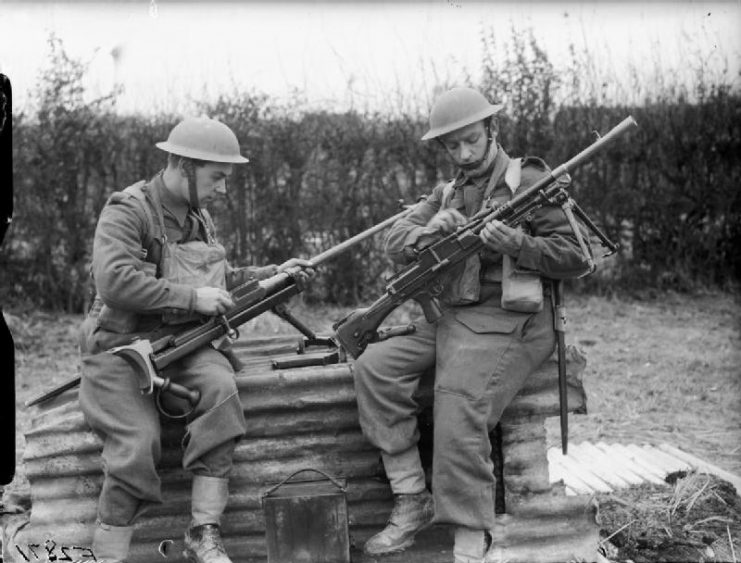
The decline
Between 1939 and 1942, anti-tank rifles experienced their golden days and were fairly effective on the battlefield. However, as armored warfare progressed, they were relegated to other roles. By 1943, anti-tank rifles became almost entirely obsolete and were withdrawn from service in favor of more modern grenade and rocket launchers.
